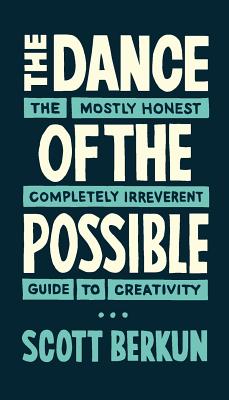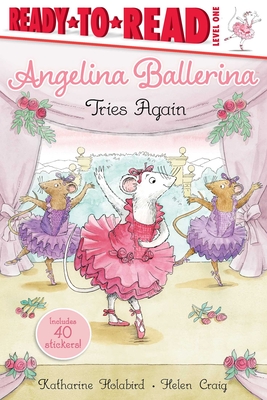
description
0Many contemporary forms of dance express personal, political, or social commentary, but without the direct communication of words, how can we understand? ChoreoGraphics: Six Studies follows seven dance artists, as they build new work, with photographs and conversations. It provides an opportunity to heighten the reader's aptitude for 'reading' dance by explaining, not only the ideas that gave rise to these works, but also the techniques the choreographers use. These six choreographic studies serve to enhance the reader's literacy in reading movement. Each chapter is devoted to a specific choreographer and her/his individual approach to communicating powerful ideas through dance. These themes span race, sexuality, love, relationships, cultural markers. Some are specifically focused on one aspect; others are intersectional. Alexandra Beller mined the effort she observed when her 11 month old son struggled to find the elusive balance he needed to walk and to learn to navigate space and gravity. His need to accomplish this was nothing short of survival for him. Beller explored that intensity in milkdreams. When Janis Brenner visited Bosnia as a guest artist, she led a workshop that included artists from both sides of the religious and cultural divide. She found inspiration for Once You Are Not A Stranger as she observed the growing trust among these dispirit groups. Marjani Fort -Saunders saw the magical unicorn as a metaphor for the black male in our culture: the imaginary unicorn became the embodiment of his vulnerabilities and strengths in her powerful solo, Memoirs of a...Unicorn. Colleen Thomas began her work about women's issues only to realize how often they intersect with those for men of color. Her(e) Repetitive Blueprint emerged as an observation of the intersectionality of these groups. Nathan Trice explored the various, and often unexpected, ways that people express love, from tender looks to unspoken questions; with trust or with challen
member goods
No member items were found under this heading.
Return Policy
All sales are final
Shipping
No special shipping considerations available.
Shipping fees determined at checkout.







